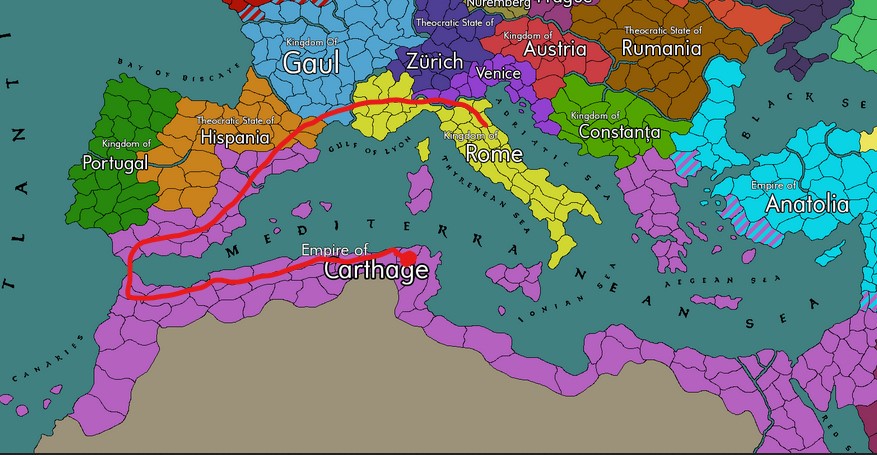Rome was the largest ancient empire, and its influence has been felt through most of history, even to this day. But Rome fell in 426 AD, leaving the Byzantine Empire. The empire of Rome ceased to exist, and, in its place, was the kingdom of Italy, ruled by one of the Gothic barbarians who sacked Rome. In this essay, I’m going to go over why Rome fell and how it did.
The first main reason Rome fell was that the barbarians attacked, and kidnapped the last emperor, and deposed him. This was the main event marked as the end of the western Roman empire, but several other events contributed. The Roman legions also could not meet the barbarians in battle because most of the army included recruited barbarians, and they were weaker against the defending barbarians. Barbarian attacks on Eastern Rome could also have been diverted to the west, making it more concentrated.
Another reason is that Rome had been almost constantly expanding, and slaves would be brought in from newly obtained territories. As the barbarians pushed in, Rome stopped expanding, which caused the inflow of slaves to cease. The citizens had been over-relying on slaves for business matters and were instead going to the gladiator games. This weakened the economy of Rome.
Rome had also been so large that Diocletian had had to split it into two halves just to make it more governable, and this failed. The two halves quarreled, and soon the east didn’t care about the west (or the other way around for that matter).
When Christianity became lawful and the state religion, that got rid of old culture, such as looking to the emperor as a god. This would have made the emperor less respected and also less relevant, as he is now nothing more than a leader. As emperors became more corrupt and weak, so did the empire, until it finally fell.
